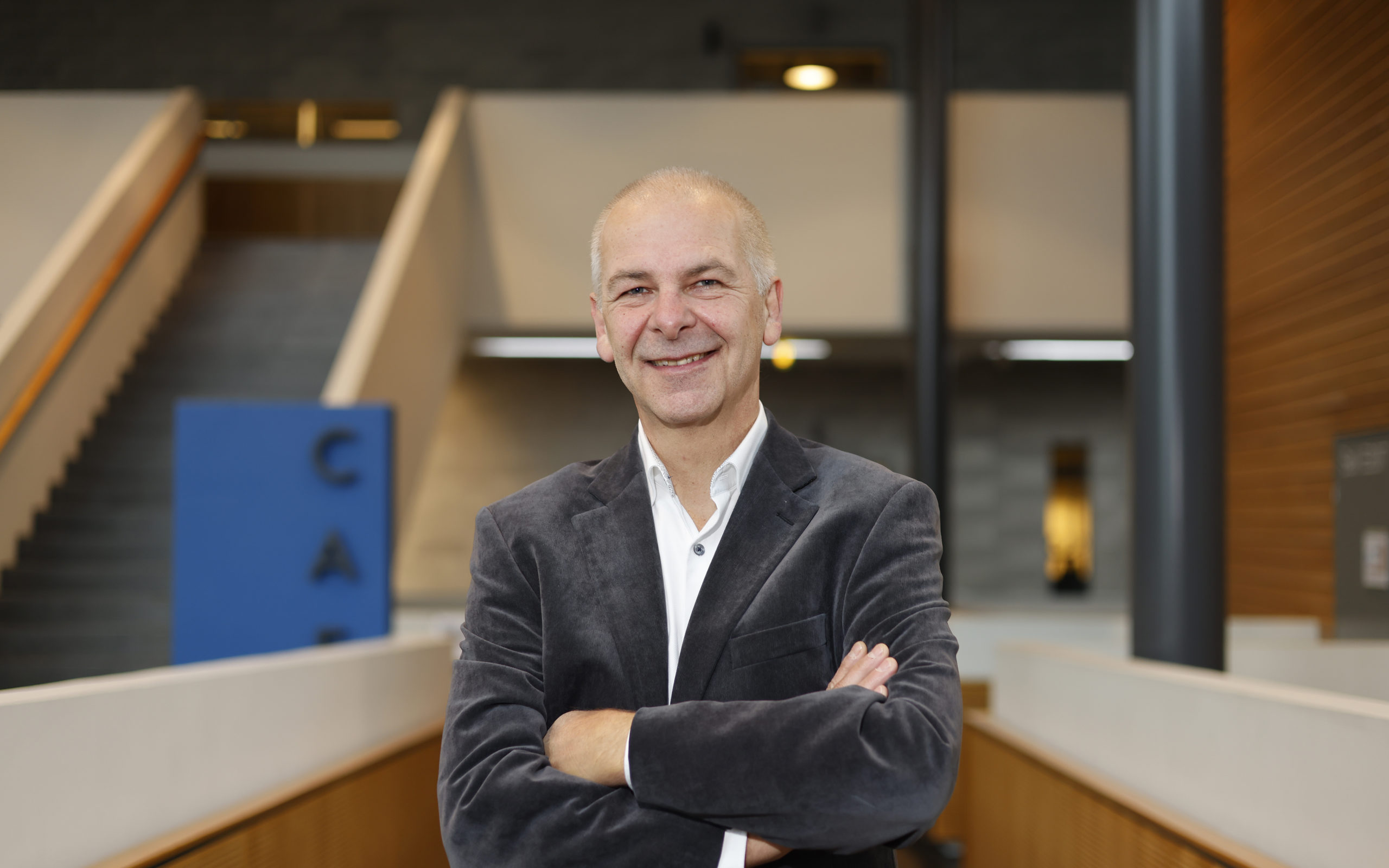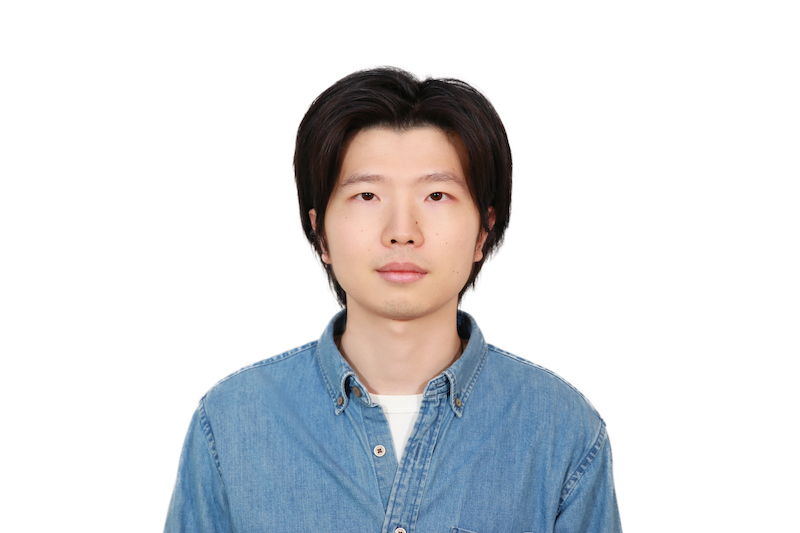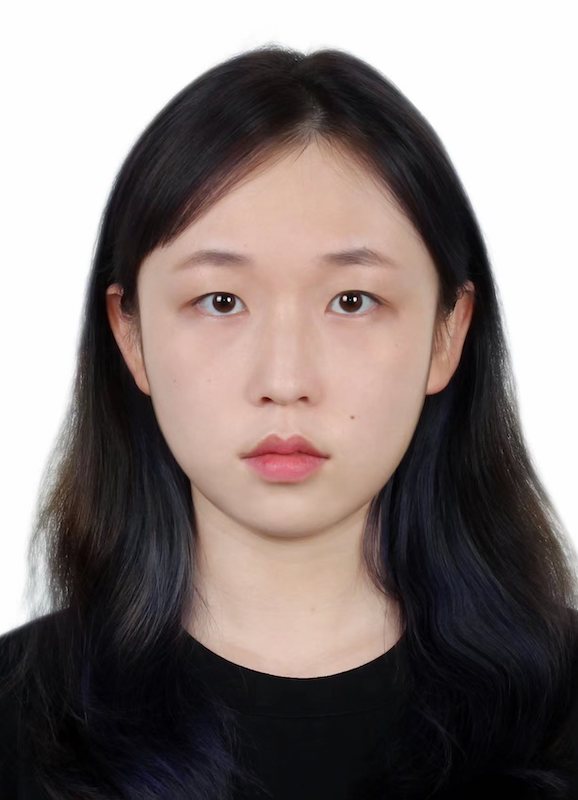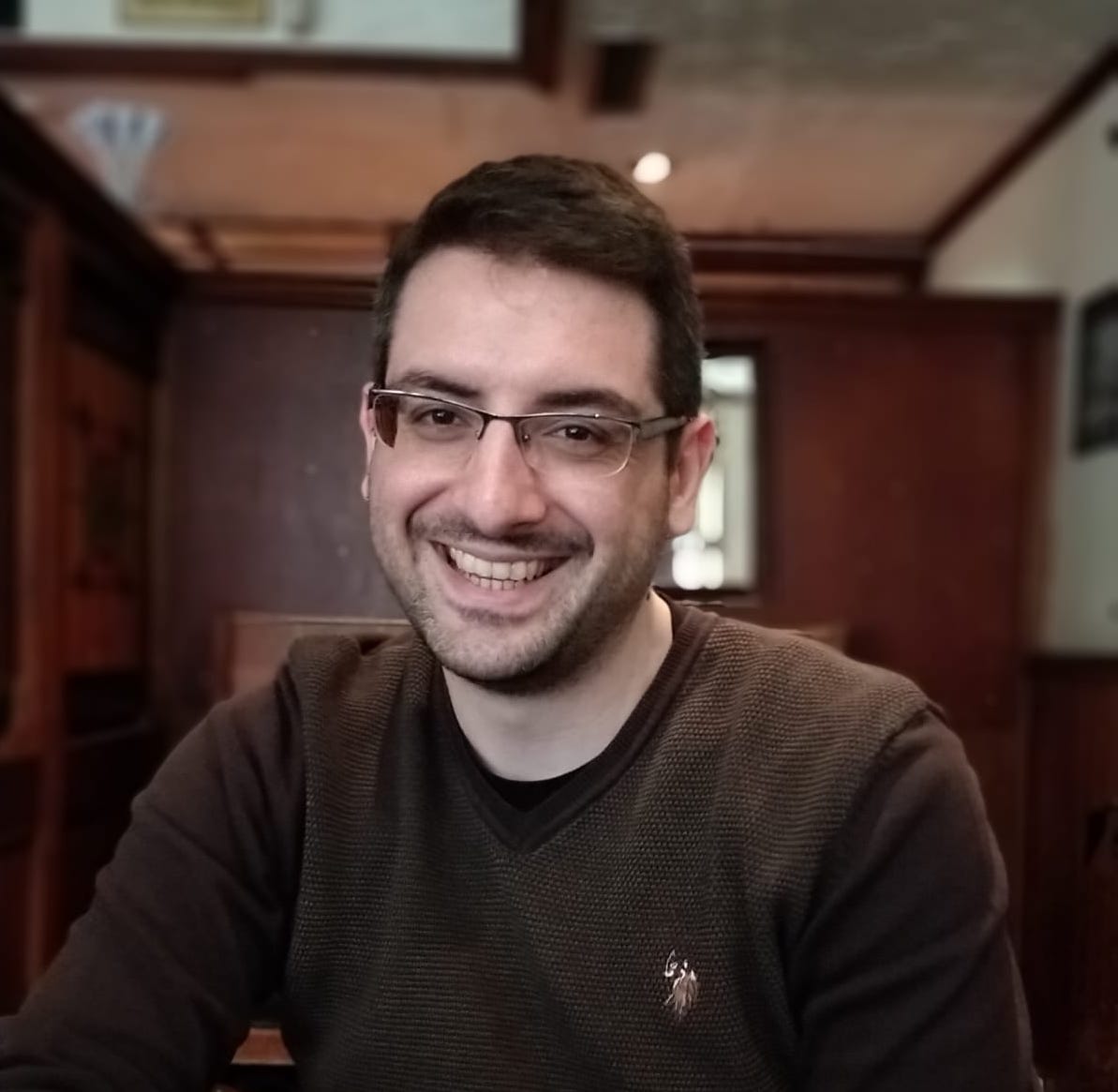RESEARCH
Atmospheric Modelling Centre Lahti
The Atmospheric Modelling Centre-Lahti (AMC-Lahti), a joint research centre of the University of Helsinki and LUT University (Lappeenranta-Lahti University of Technology LUT) located at Lahti University Campus, is home to cutting-edge research in atmospheric chemistry, atmospheric physical processes, Earth system and climate processes, and machine learning applications to atmospheric science data and models.
AMC-Lahti works to find new knowledge on and solutions for climate change and air pollution by applying AI techniques in atmospheric science.
Human-driven climate change is one of the greatest humanitarian, economic, and scientific challenges we face this century. One of the biggest questions about global warming is how it affects the Earth’s water cycle, especially whether changes in clouds will make the Earth warmer or cooler due to perturbation of radiative balance.
Air pollution with high concentrations of particulate matter (PM) is one of the top five global health risks and causes more than three million premature deaths every year. It is imperative to understand all relevant chemical and physical processes to improve human health and protect the environment.
The Atmospheric Modelling Centre Lahti studies how particulate matter – tiny particles in the air – affect clouds and air quality in urban areas by applying artificial intelligence, specifically machine learning techniques, in atmospheric science. This could bring new insights into the prediction of climate change in the next decades and how to tackle air pollution episodes efficiently.
Results from AMC-Lahti’s projects can be used by policymakers to act with sustainable, sound, and cost-efficient measures that support the global sustainable development goal and could lead to more happiness, wealth, and prosperity also in the Nordic countries.
Research & Models
SOSAA
SOSAA (Model to Simulate the concentration of Organic vapours, Sulphuric Acid and Aerosols) is a one-dimension chemical-transport model constructed to study emissions, transport, chemistry and aerosols in the planetary boundary layer in and above a forest canopy. Read more about SOSAA.
ARCA
The Atmospherically Relevant Chemistry and Aerosol Box Model (ARCA) is used for simulating atmospheric chemistry, the formation of stable molecular clusters and the time evolution of aerosol particles. ARCA is a freely available computational code which can be downloaded after registration on the ARCA website.
People

Michael Boy
Director of AMC-Lahti
Michael Boy is Professor in Atmospheric Science and Applied Mathematics. The position is shared between University of Helsinki, INAR and the Lappeenranta University of Technology, Department of Computational Engineering. The main scientific interests are in atmospheric chemistry and aerosol dynamics, and how to apply machine learning and artificial intelligence techniques in this areas.

Zhisong Liu
Associate Professor
Zhison is an Associate Professor at the Lappeenranta University of Technology in the Department of Computational Engineering (COPE).

Taiwo Adedipe
Postdoctoral Researcher
Taiwo Adedipe is a researcher (PhD) in atmospheric boundary layer flow with applications in wind energy and urban air quality. The wind energy applications entail the study of different forest properties on the atmospheric boundary layer flow and wind-turbine wake, while the urban air quality applications focus on the assessment of annual average air pollution concentrations in urban environments with large-eddy simulations and Lagrangian stochastic (LES-LS) flow modelling.
She is starting a new position at AMC-Lahti with the aim to develop and apply computational techniques using deep learning algorithms with the FLEXPART/SOSAA model system to study climate and air pollution topics in different environments.

Benjamin Foreback
Doctoral Student
Benjamin Foreback received his Master of Science in January 2019 with the title: “Development of the MEGAN3 BVOC Emission Model for use with the SILAM Chemical Transport Model”. He is now developing the SOSAA model with application to air quality in Beijing, focusing on severe pollution episodes.

Zeqi Cui
Doctoral Student
Zeqi obtained the Master of Science degree in Air Pollution Management and Control in November 2020, with a research focus on pollution data analysis. She started her doctoral studies at AMC Lahti in autumn 2023 on the development of a multi-phase chemistry scheme by applying machine learning techniques.

Valery Ashu
Doctoral Student
Valery completed his master’s degree in Computational Engineering from Lappeenranta University of Technology in summer 2023. The master’s thesis is about identifying hidden parameters in discrete models (Cellular automata) with Neural networks. This project employed a convolutional neural network to identify the jump (hidden) parameters in a 2-D cellular automata model. In autumn 2023 he started his doctoral studies at AMC Lahti on optimization of chemistry codes related to autoxidation of volatile organic compounds.

Metin Baykara
Visiting Researcher (Home institution: Istanbul Technical University)
Metin Baykara received his PhD in 2018, from Istanbul Technical University, Turkey, with the title: “Understanding the Sources and the Extent of Atmospheric Particulate Matter Problem over Turkey Using Mesoscale Chemical Transport Model”. He has extensive experience in anthropogenic emissions processing and modelling, and regional-level meteorology – chemical transport modelling. He joined the group in March 2019 and is mainly working on SOSAA model development and its application to investigate the air pollution phenomena at Istanbul, Turkey. His main employer is the Istanbul Technical University, Turkey, with a visiting scientist contract at AMC Lahti.
LAHDEN YLIOPISTOKAMPUS
Niemen kampus
Niemenkatu 73 (B-osa), 15140 Lahti
Mukkulankatu 19, 15210 Lahti
info(at)lahdenyliopistokampus.fi

